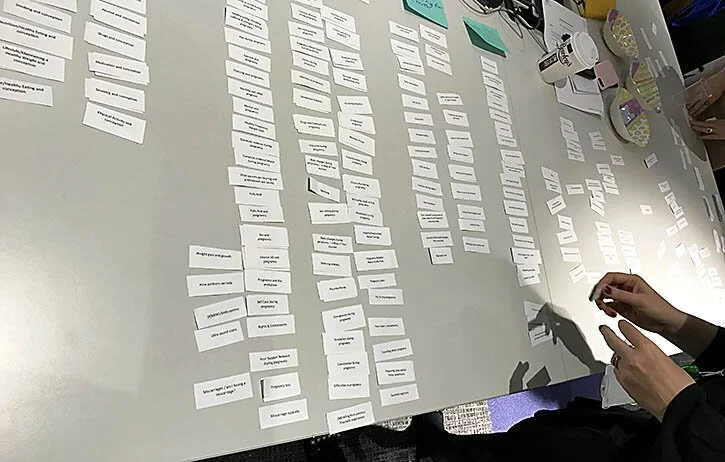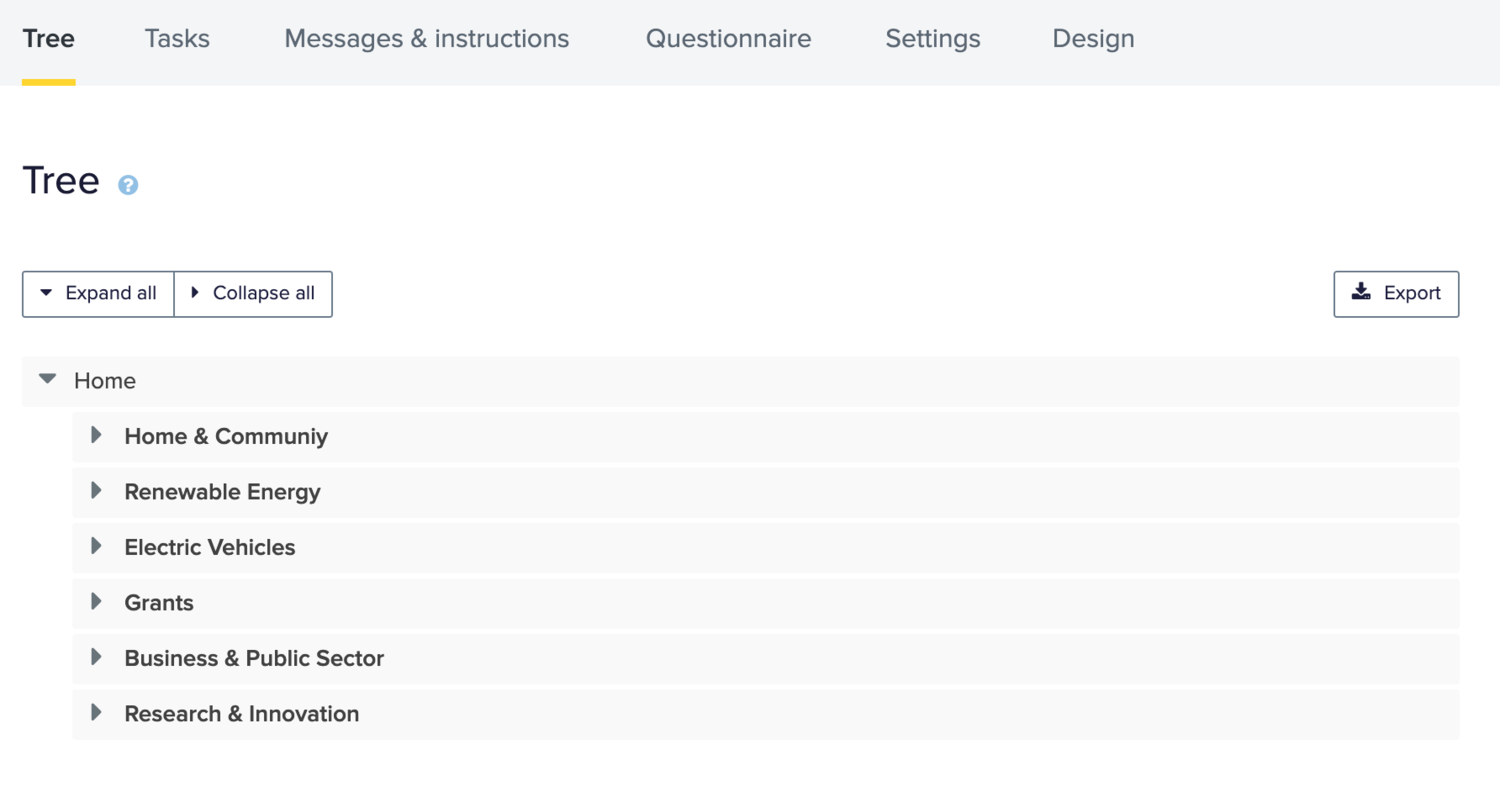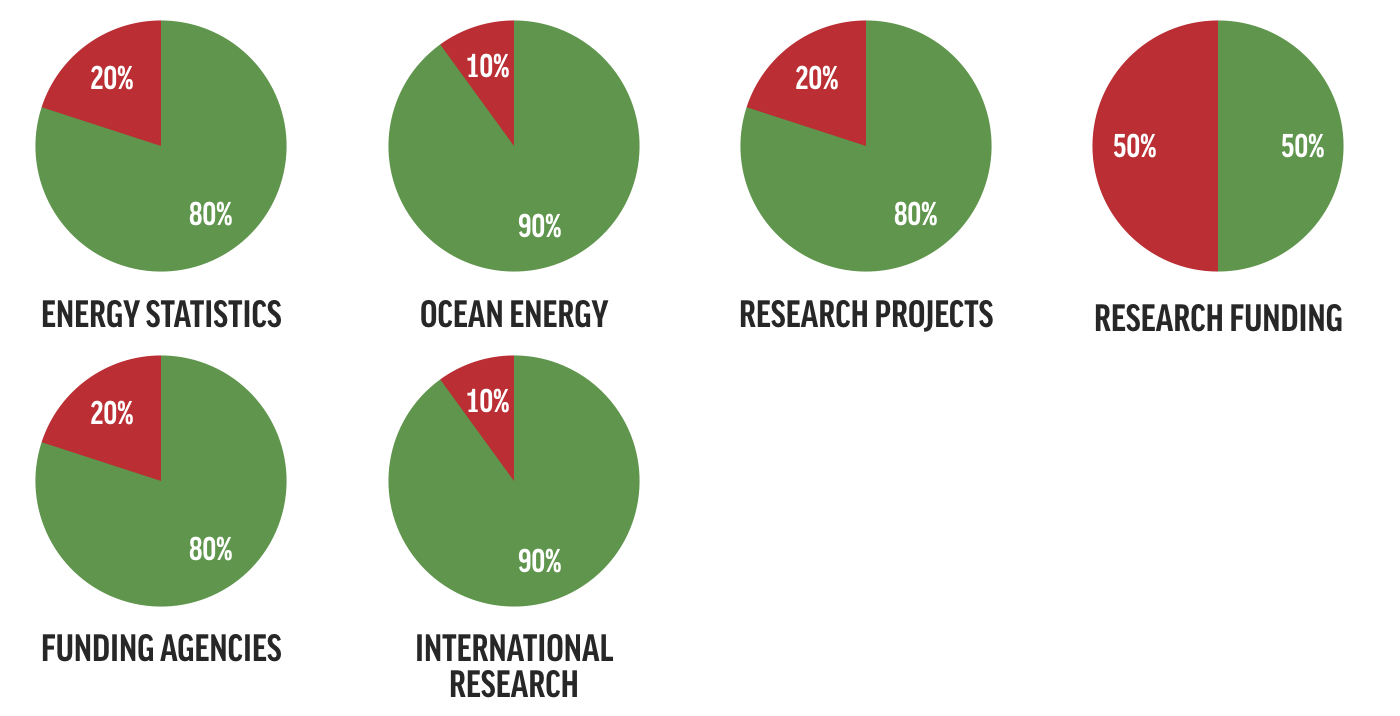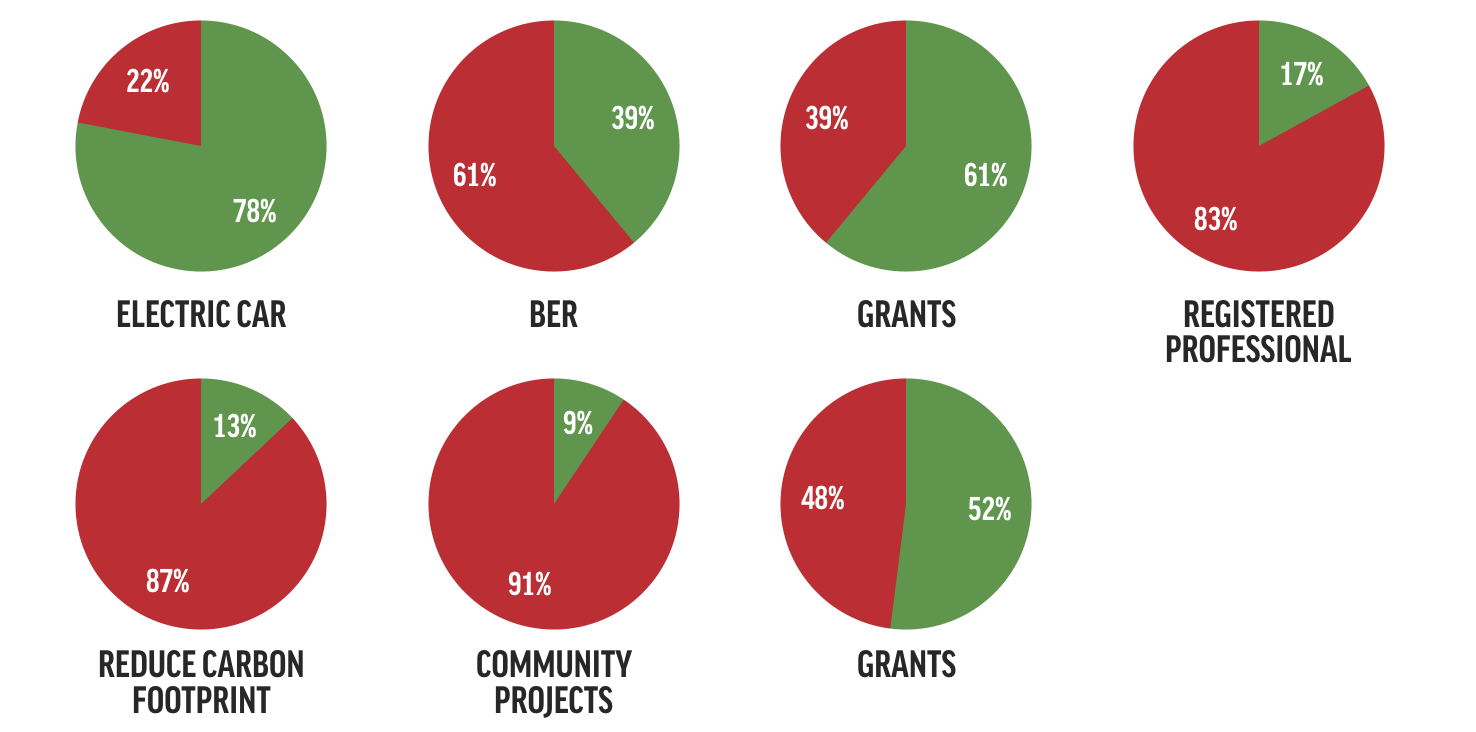SEAI Information Architecture
Redesigned the information architecture to make energy advice and grant information easier to find. A user-first approach that improved navigation and content discovery.
The Challenge
The Sustainable Energy Authority of Ireland (SEAI) required a website which communicated the value of its work to Ireland’s economy and its expertise in enabling a sustainable transformation to a low carbon society. SEAI’s website had grown rapidly without a clear direction which resulted in a poor user experience.
Overview
Since the launch of the SEAI’s redesigned website in 2016, the number of pages and sections had increased greatly. We recognised that the information architecture might not be working as well as it could be for the users.
This project ultimately defined a new information architecture and recommended changes to the navigation to ensure the SEAI website continues to work for its users and evolving business goals.
Process
I began this project by looking at the existing data and identifying where users were experiencing issues. Meanwhile, the content team ran a content audit to assess what pages should be deleted, edited or kept. I then conducted a label audit and card sorting workshop before drafting an information architecture for testing.
Label Audit
I conducted a label audit to assess the quality of the labels on the site. They were scored based on five attributes; Specific, Concise, Familiar, Comprehensive, Front loaded.
Card sort
I ran a card sorting workshop to discover relevant organisation schemes. I used the outcome of this to inform the information architecture.
Draft information architecture for testing.
Tree Testing
Once I had created a draft information architecture, I collaborated with the project team and customer help desk to create tasks for tree tests. We ran four tree tests to gather feedback from the different sectors; Large industry, Researchers, Public Sector and Consumers.
Findings
When the tests were completed it was clear that we could make moderate changes to improve sections for Large industry, Researchers and Public Sector. However, when we looked at the results of the test targeting consumers it was clear we still had a lot of work to do.
Results from test aimed at researchers.
Results from test aimed at consumers.
With plenty of room for improvement, I analysed the different paths users had taken when trying to complete their tasks and began to identify patterns and potential solutions.
Separate Home & Community sections
Group electric vehicle and renewables under Technologies heading
Adjust level two sections based on feedback from all tests
Iteration two
I ran another tree test on the updated information architecture and we saw a definite improvement in task success.
Results of second consumer tree test
Results
Three months after the new information architecture was implemented we saw an increase in trafffic to some key areas for the SEAI:
Register with SEAI +63%
BER Assessor Support +73%
Electric Vehicles: 19%
Grant Eligible Cars: 30%
SEAI data and insights content: 66%
Educational content for school: +183%







